| IN A NUTSHELL |
|
In recent years, China’s military expansion has captured global attention, particularly with the construction of what is set to become the world’s largest military command center. Located just southwest of Beijing, this colossal facility is reportedly ten times the size of the U.S. Pentagon. The development has been highlighted by the Financial Times, which cites information from U.S. officials. This move by China raises significant questions about its strategic intentions, especially in the context of its ongoing tensions with Taiwan and broader regional ambitions. The implications of this development are profound, potentially altering the balance of military power in Asia.
Satellite Revelations of the New Command Center
Satellite imagery has played a crucial role in revealing the existence and scale of China’s new military command center. The images depict a sprawling 1,500-acre site under construction, designed to serve as a strategic hub for the People’s Liberation Army (PLA). Intelligence analysts speculate that this facility could function as a “doomsday” bunker, providing a secure location for military leadership in the event of nuclear conflict. The timing of this construction is also noteworthy, coinciding with the PLA’s preparations for its 100th anniversary in 2027. The sheer size of the project underscores China’s commitment to expanding its military capabilities.
The construction site, dubbed “Beijing Military City,” features an extensive network of underground facilities linked by tunnels. Observers have reported the presence of approximately 100 cranes, highlighting the rapid pace of development. Access to the area is heavily restricted, with measures in place to prevent unauthorized photography and drone activity. These details suggest that the site is of critical strategic importance to China’s military objectives.
Implications for Taiwan and Regional Stability
China’s military expansion cannot be viewed in isolation from its geopolitical ambitions, particularly regarding Taiwan. President Xi Jinping has made no secret of his desire to reunify Taiwan with the mainland, even if it requires the use of force. This stance poses a direct challenge to the United States, which maintains defense agreements with Taiwan and relies on the island for crucial microchip supplies. The construction of this command center signals China’s readiness to assert its claims over Taiwan and potentially escalate tensions in the region.
The U.S. and its allies are closely monitoring these developments, aware of the potential for conflict. Taiwan’s strategic importance, both economically and militarily, makes it a focal point of U.S. foreign policy. The new military facility in Beijing could be a key component of China’s strategy to project power across the Asia-Pacific, challenging U.S. influence and altering the regional balance.
Details on the Facility’s Construction
As per reports, the new facility is designed to enhance China’s nuclear warfare capabilities, aligning with its broader military modernization efforts. The construction activity at the site includes extensive underground infrastructure, suggesting a focus on resilience and survivability in potential conflict scenarios. Despite the lack of an active military presence at the site, it bears all the trademarks of a sensitive military installation.
Security measures around the facility are stringent, with local hiking trails closed and checkpoints established to restrict access. The presence of warning signs against drone use and photography underscores the site’s strategic importance. These factors, combined with the scale of the construction, indicate that the facility will play a pivotal role in China’s future military operations.
Broader Context of China’s Military Ambitions
China’s military expansion extends beyond this new command center. The nation is rapidly augmenting its nuclear arsenal, with projections suggesting it could possess 1,500 nuclear weapons by 2035. Additionally, China is reportedly developing a nuclear fusion center in Mianyang, which could facilitate new nuclear weapons designs. These developments are part of a broader strategy to establish China as a dominant military power.
The global community is watching these advancements with apprehension, aware of the potential implications for international security. China’s actions could spark an arms race in the region, prompting neighboring countries to bolster their own military capabilities. This dynamic could lead to increased tensions and instability in Asia, with global repercussions.
As China continues to expand its military footprint, questions arise about the future of regional and global security. How will the international community respond to China’s growing military capabilities, and what strategies will be employed to maintain stability in the Asia-Pacific? These questions will shape the geopolitical landscape in the years to come, as nations navigate the complexities of a changing global order.
Did you like it? 4.6/5 (24)
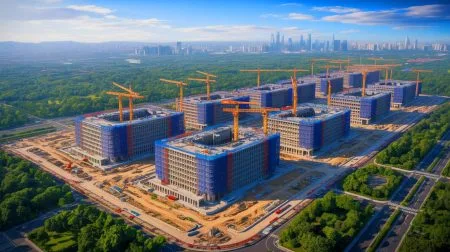
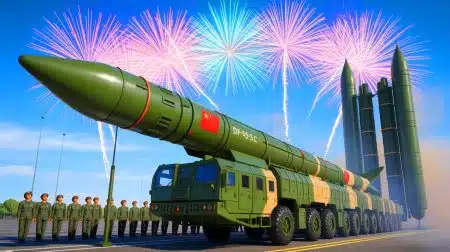
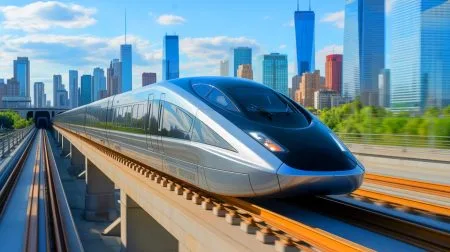

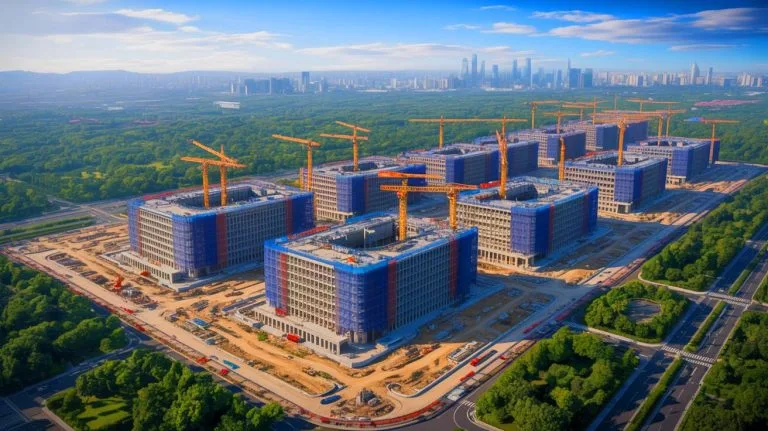

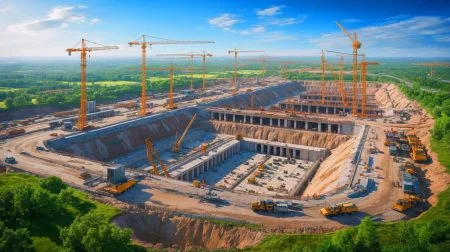
Wow, didn’t see that coming! What’s next, a moon base? 🤔
Wow, ten times the size of the Pentagon? That’s massive! 😲